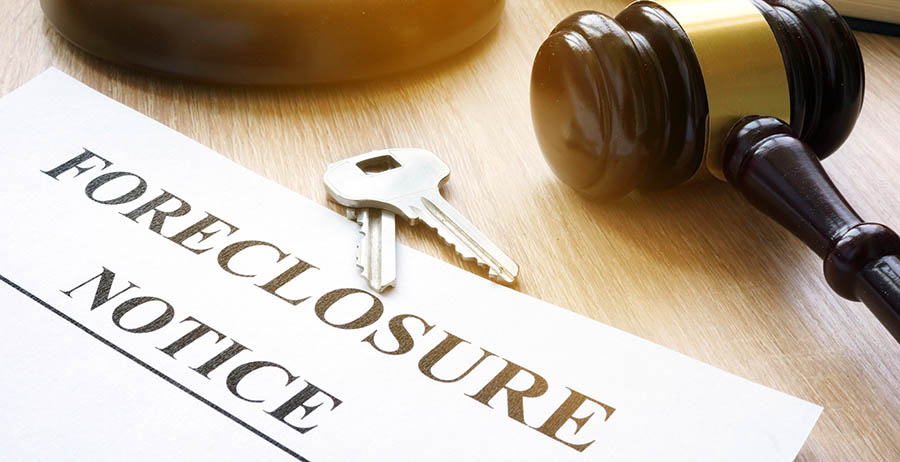How to Stop a Foreclosure before it is too late

With the current trends of the U.S. economy, homes are still in danger of being lost by countless Americans. Foreclosures have been the most common way for a family to lose their home. However, there are ways to avoid this unfortunate outcome if the proper precautions are sought and actions taken.
You can stop a foreclosure if you act now
Typically, the foreclosure process begins when mortgage payments are three to four months late. It depends on the terms of the homeowner’s mortgage plan, but this is the most common agreement of a time span.
Until the homeowner contacts the lender and tries to work out a payment plan, they may be in serious risk of their home going into foreclosure. That is the last thing a lender wants to see happen, and, of course, the same goes for the homeowner. That is why it is crucial to seek help at the first sign of trouble. It is never a wise decision to try to fix the problem without the assistance of a professional.
For owners, once help is sought, being in regular contact and honest communication with the lender about any financial changes or problems is the only option that will help rectify the unfortunate situation.
The lender can and will do their best to help reduce the risk of losing the home. However, it depends on the homeowner and their history of meeting their mortgage payments every month. It boiled down to this: the better the history of making these payments, the better the chance of receiving the best help available.
When help is sought and the lender assures the owner that assistance is available, it is important to be realistic and reasonable when devising a payment plan. That is the only way this will work in everyone’s favor. There is also a variety of payment plans. Two of the most common are a loan modification and a forbearance plan.
Loan Modification
This is commonly known as a workout plan. Specific and reasonable deadlines are set for the homeowner by the lender. These deadlines must be met until the homeowner is caught up on their mortgage.
Once caught up and the homeowner is more able to make their monthly payments in full, the mortgage rate will return to its original cost and the loan modification will cease. This is because loan modifications are not designed to be permanent solution; they are for temporary relief that will help the homeowner until they get back on their feet.
Short Sale
Homeowners can negotiate a short sale of the property when they are on the brink of the foreclosure proceedings being initiated by the lender or government. Once the short sale is approved by the lender, the proceeds of the sale are used to pay off the outstanding mortgage debt or defaulted loan amount. The short sale results in the homeowner avoiding foreclosure and mortgage/loan obligations met. After the short sale, if there is any extra money left over after the loans and liens are paid off, the homeowner gets to keep the balance. Another key factor is the homeowners credit does not get the foreclosure record with stays for 7 years which negatively affects getting another mortgage. Everybody wins, and a foreclosure is avoided.
Forbearance Plan
The forbearance plan can either suspend or reduce payments. This plan should not replace good financial planning. Nothing should ever take the place of that. This plan is a last resort to avoid foreclosures.
Foreclosures are an unfortunate result of the economical conditions we are experiencing in America, but they are avoidable if the right precautions and actions are made in a timely fashion. Millions of Americans have been able to keep their home by seeking assistance from lenders. In time of financial stress, there is hope.
Foreclosure.com is the leading online resource to find foreclosure homes for sale Foreclosure listings nationwide. You can setup free email alerts to get notified of the latest Foreclosure listings as they are updated daily.